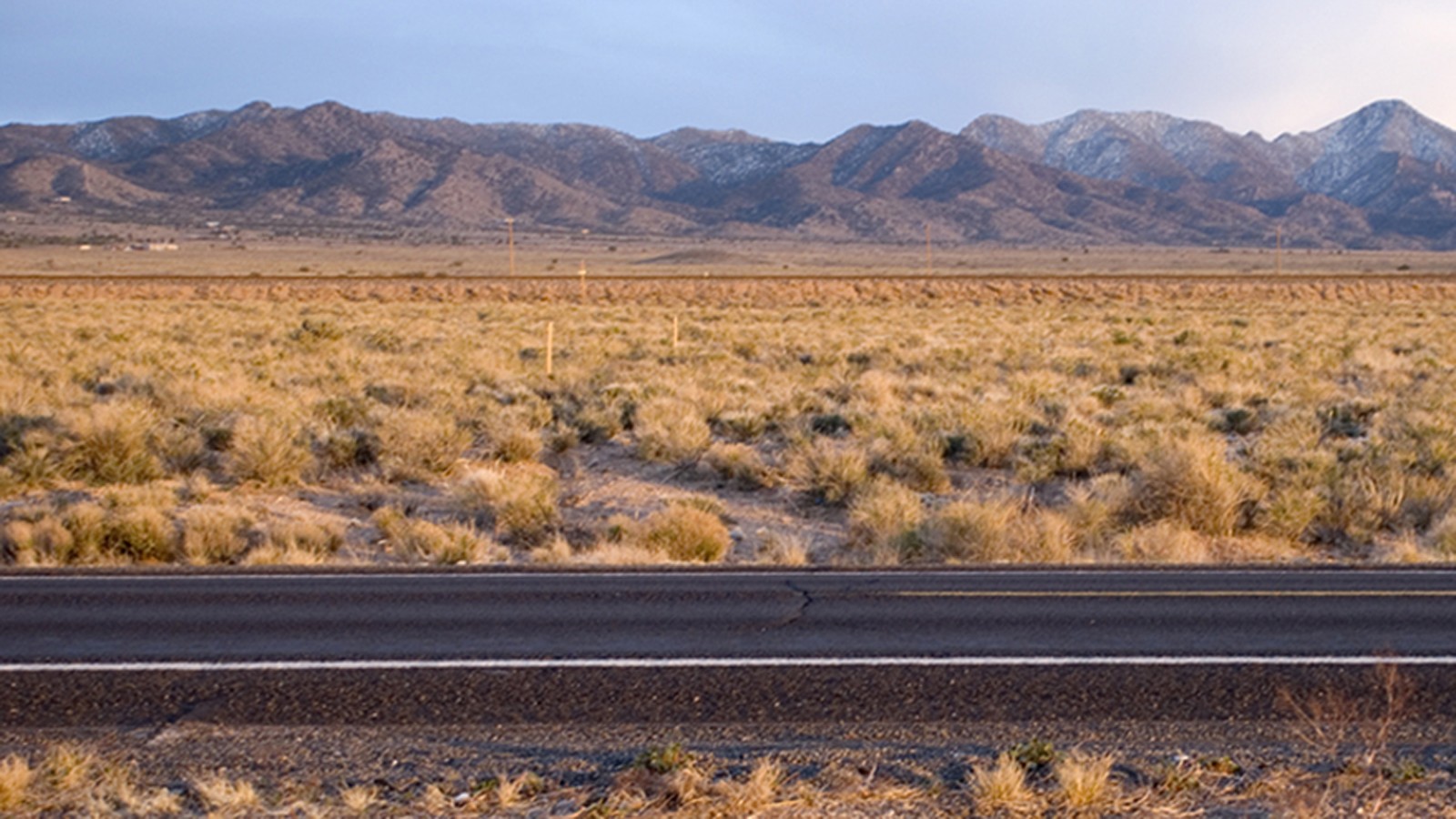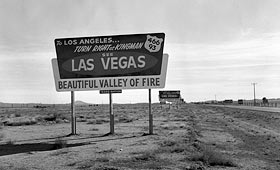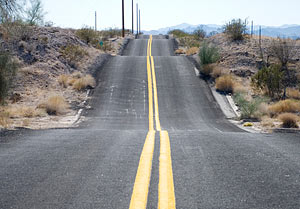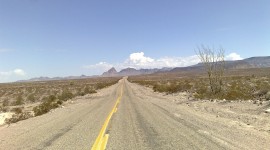Route 66 Threatened by Proposed Biodiesel Facility

Running more than 2,000 miles, between Chicago and Los Angeles, historic Route 66 attracts tourists and car enthusiasts from all over the world.
Designated a National Scenic Byway by the United States Department of Transportation in 2006 and cited in the March 2009 issue of Smithsonian Magazine as one of the 10 Must-See Endangered Cultural Treasures, this iconic highway has become immortalized as part of America’s history and culture. Having been placed on the World Monuments Fund 2008 Watch List of 100 Most Endangered Sites as well as endangered lists by the National Trust for Historic Preservation and the New Mexico Heritage Preservation Alliance, the corridor now faces a new threat. Today, in a rush to make Mohave County, Arizona the renewable energy capital of the United States, the local government has put several “green economy” projects on the fast track, including the construction of a biodiesel facility on a pristine stretch of historic Route 66. The site selection, influenced primarily by issues of land ownership, does not take into account the significance of the adjacent historic landmark.
 Originating from Native American footpaths, early trade routes, and the Beale Wagon Road, much of the southwest portion of historic Route 66 continues to exist today as a functioning highway. In 1851, Navy Lieutenant Edward F. Beale was assigned to survey and develop a route along the 35th parallel. With a crew of 44 men, 12 wagons, and 120 animals—25 of which were camels from Egypt—Beale established the first Federally-funded wagon road in America. This road would become the basis of U.S. Highway 66 when, in 1926, the Bureau of Public Roads undertook a standardized system of numbering highways.
Originating from Native American footpaths, early trade routes, and the Beale Wagon Road, much of the southwest portion of historic Route 66 continues to exist today as a functioning highway. In 1851, Navy Lieutenant Edward F. Beale was assigned to survey and develop a route along the 35th parallel. With a crew of 44 men, 12 wagons, and 120 animals—25 of which were camels from Egypt—Beale established the first Federally-funded wagon road in America. This road would become the basis of U.S. Highway 66 when, in 1926, the Bureau of Public Roads undertook a standardized system of numbering highways.
As the only year-round route between California’s vast farming and port industries and Chicago, the country’s transportation center, Route 66 became a vital shipping artery. Moreover, clever promotion campaigns sold the highway as an outlet for the burgeoning car culture and newly minted “road trip.” During the 1930s, though, the highway became a means of escape, offering the promise of better prospects, to thousands of Dust Bowl and Depression-era migrants. Called “The Mother Road” in John Steinbeck’s book The Grapes of Wrath, Route 66 became a lifeline to a perceived better life.
Under President Franklin Delano Roosevelt’s New Deal program, the highway was paved completely from Chicago to Santa Monica, California, by 1937. Motels, diners, and gas stations began to spring up in formerly remote towns, further promoting the corridor as a destination. Population along Route 66 grew 74% in the State of Arizona alone in the aftermath of World War II, creating services and roadside attractions that made the travel experience exciting and interesting.
Today, Route 66 organizations operate in several states and followers of Route 66 Americana exist throughout the world. The road continues to offer travelers a slower trip than the modern highway and many of the views and vistas that made it famous.

Threat
Last month, the Mohave County Commissioners voted in favor of moving ahead with the project, despite overwhelming opposition from residents and national organizations, including 801 petition signatures representing the majority of stakeholder residents, dozens of letters, and 68 speeches given by residents who will be most affected by the project. With Route 66’s status as an international destination and with its listing in the National Register of Historic Places, the citizens of Valle Vista and surrounding communities northeast of Kingman, Arizona, are trying to find a way to save Route 66 from construction by Sun West Biofuels, LLC. The precedence that construction of a manufacturing plant would establish for additional heavy manufacturing along the highway is worrisome to residents. The 20-mile stretch of Route 66 that serves as the sole transportation route for these affected communities is very scenic, yet has not been designated as a “scenic route” in the most recent General Plan for Mohave County.
Spot-zoning and changeable land use has been standard in Mohave County. Many other issues, such as health, safety, and access are also of concern, but the zoning and land-use issues have been identified as crucial to the future wellbeing and lifestyle of residents, as well as that of visitors.
 Get Involved
Get Involved
Members of the community have actively participated in letter writing and petition campaigns with the hope of influencing their Commissioners and Board of Supervisors, and are currently raising funds for legal counsel. Individuals are encouraged to write letters of opposition to the biodiesel plant location on historic Route 66 to the following officials:
Mohave County Board of Supervisors
Supervisor Gary Watson, District 1
700 W. Beale Street
Kingman, AZ 86401
gary.watson@co.mohave.az.us
Mohave County Board of Supervisors
Supervisor Tom Stockwell, District 2
1130 Hancock Road
Bullhead City, AZ 86442
tom.sockwell@co.mohave.az.us
Mohave County Board of Supervisors
Supervisor Buster D. Johnson, District 3
2001 College Drive, Suite 90
Lake Havasu City, AZ 86403
buster.johnson@co.mohave.az.us
Learn More
Smithsonian Magazine
Endangered Site: Historic Route 66, U.S.A.
Channel 3 TV
Neighbors don't want proposed biodiesel plant in their backyard




